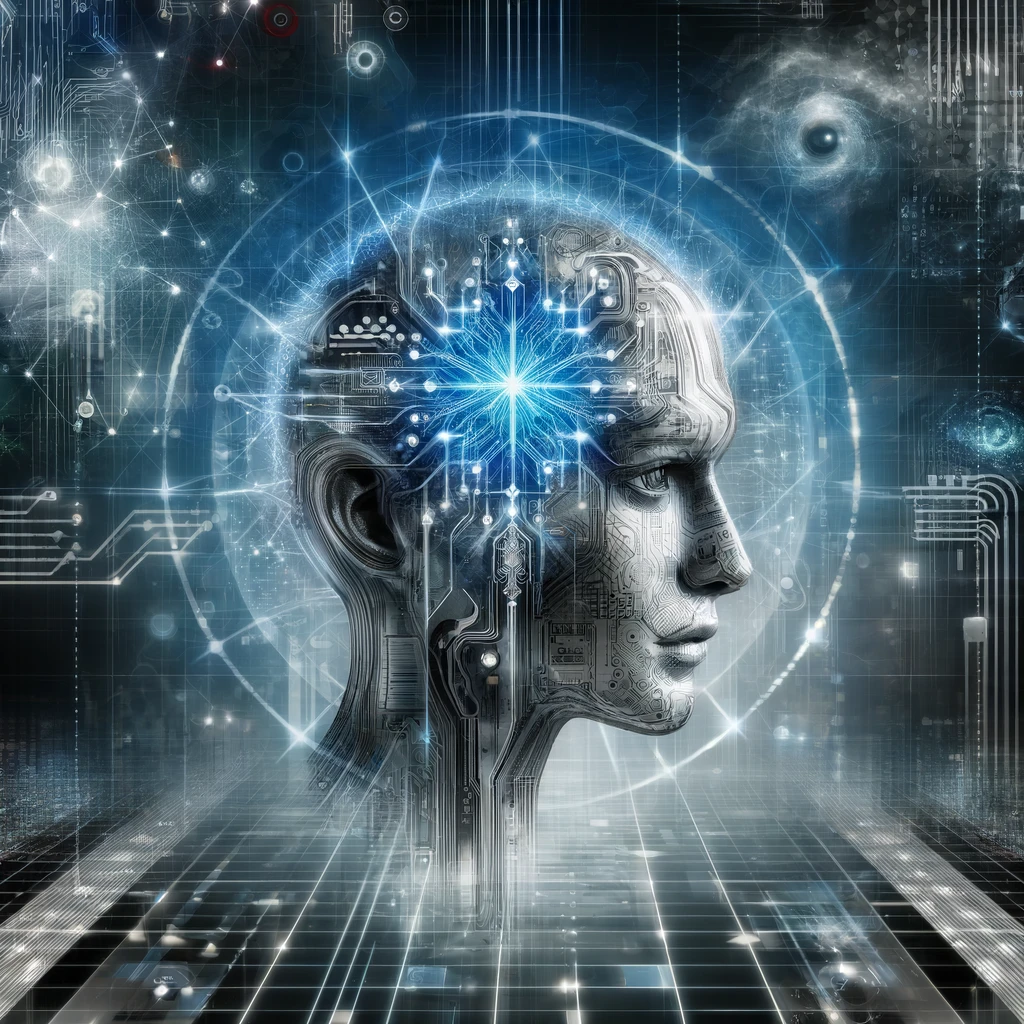Clearview AI: A Controversial Tool for Facial Recognition

Categories:
3 minute read
In the age of digital ubiquity, facial recognition technology has emerged as a powerful tool with both immense potential and significant ethical implications. One such tool that has captured widespread attention and sparked heated debates is Clearview AI. This blog post will delve into the intricacies of Clearview AI, exploring its capabilities, controversies, and the broader implications of facial recognition technology.
What is Clearview AI?
Clearview AI is a facial recognition platform that leverages a vast database of images scraped from the internet to identify individuals. By comparing uploaded images to its database, Clearview AI can potentially match faces to public profiles on social media, news articles, or other online sources. The company claims that its technology can be used for various purposes, including law enforcement investigations, missing person searches, and verifying online identities.
How Does Clearview AI Work?
Clearview AI’s facial recognition process involves several key steps:
Image Acquisition: The company scrapes billions of images from the internet, including social media platforms, news websites, and public databases.
Facial Feature Extraction: Using advanced algorithms, Clearview AI extracts unique facial features from each image, such as the distance between the eyes, the shape of the nose, and the curvature of the lips.
Database Creation: The extracted facial features are then indexed into a massive database, allowing for rapid comparison with uploaded images.
Image Matching: When an image is uploaded to Clearview AI, the platform compares its facial features to the database, searching for potential matches. If a match is found, Clearview AI can provide information about the identified individual, such as their name, social media profiles, or associated news articles. the Controversies Surrounding Clearview AI**
Clearview AI has faced significant backlash and legal challenges due to its data collection practices and potential privacy implications. Some of the primary controversies surrounding the company include:
Data Privacy: The company’s practice of scraping images from the internet without explicit consent has raised concerns about privacy violations. Many individuals argue that their images are being used without their knowledge or permission.
Law Enforcement Use: The use of Clearview AI by law enforcement agencies has sparked debates about its effectiveness and potential for abuse. Critics argue that the technology can be used to mass surveil individuals, infringing on their civil liberties.
Accuracy and Bias: The accuracy and potential biases of facial recognition technology have also been questioned. Studies have shown that these systems can be less accurate for certain demographics, such as people of color, leading to concerns about discrimination and bias.
Ethical Implications: The broader ethical implications of facial recognition technology, including its impact on society and individual freedoms, have been a subject of intense debate. Some argue that the technology can be used for beneficial purposes, such as identifying missing persons or preventing crime, while others express concerns about its potential for surveillance and control. the Future of Facial Recognition Technology**
The controversies surrounding Clearview AI highlight the complex ethical and legal issues associated with facial recognition technology. As this technology continues to evolve, it is essential to carefully consider its potential benefits and risks. To ensure responsible development and deployment, it is crucial to establish clear guidelines and regulations governing the use of facial recognition.
Conclusion
Clearview AI represents a powerful tool with both immense potential and significant challenges. By understanding the capabilities, controversies, and ethical implications of this technology, we can engage in informed discussions and work towards developing responsible and equitable frameworks for its use. The future of facial recognition technology will depend on our ability to balance innovation with privacy, civil liberties, and social justice.
Feedback
Was this page helpful?
Glad to hear it! Please tell us how we can improve.
Sorry to hear that. Please tell us how we can improve.